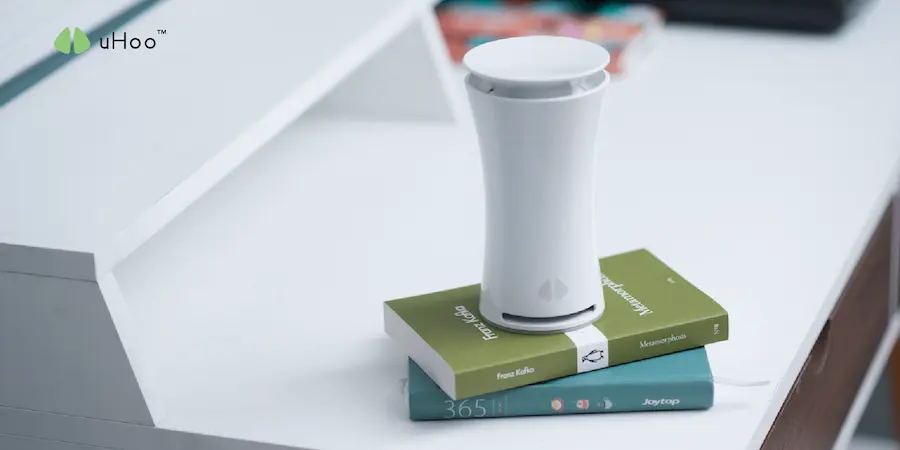Air quality monitoring technology is rapidly evolving, moving beyond the realm of scientific research and becoming increasingly accessible to the general public. This shift is driven by a growing awareness of the impact of air pollution on human health and the desire for individuals to take control of their indoor environments.
Key Trends in Air Quality Monitor Technology
- Miniaturization and Portability: Modern air quality monitors are increasingly compact and portable, easily fitting into homes, offices, and even backpacks for on-the-go monitoring.
- Increased Sensor Capabilities: Beyond traditional measurements like temperature and humidity, newer models incorporate sensors for a wider range of pollutants, including volatile organic compounds (VOCs), particulate matter (PM), carbon dioxide (CO2), and even mold spores.
- Smart Home Integration: Many air quality monitors now seamlessly integrate with smart home ecosystems, allowing users to control connected devices like air purifiers and dehumidifiers based on real-time air quality data.
- Data-Driven Insights and Recommendations: Advanced algorithms analyze sensor data to provide users with personalized insights and actionable recommendations, such as adjusting ventilation, optimizing humidity levels, or minimizing exposure to specific pollutants.
- Citizen Science Initiatives: The rise of citizen science projects leveraging personal air quality monitors is gaining momentum. These initiatives empower individuals to contribute to a broader understanding of air quality trends and patterns within their communities.
uHoo: A Rising Star in the Market
uHoo has emerged as a popular choice among consumers due to its comprehensive monitoring capabilities. It excels in tracking a wide range of parameters, including temperature, humidity, CO2, VOCs, and even air pressure, providing a holistic view of indoor air quality. Its user-friendly app coupled with actionable insights and recommendations makes uHoo a valuable tool for anyone seeking to improve the air they breathe.
The Future of Air Quality Monitoring
The future of air quality monitoring technology holds immense promise. We can expect to see further advancements in sensor technology, leading to even more accurate and sensitive measurements. Artificial intelligence and machine learning will play an increasingly crucial role in analyzing data, providing more personalized and predictive insights. As this technology continues to evolve, individuals will have greater control over their indoor environments, leading to improved health and well-being for all.

